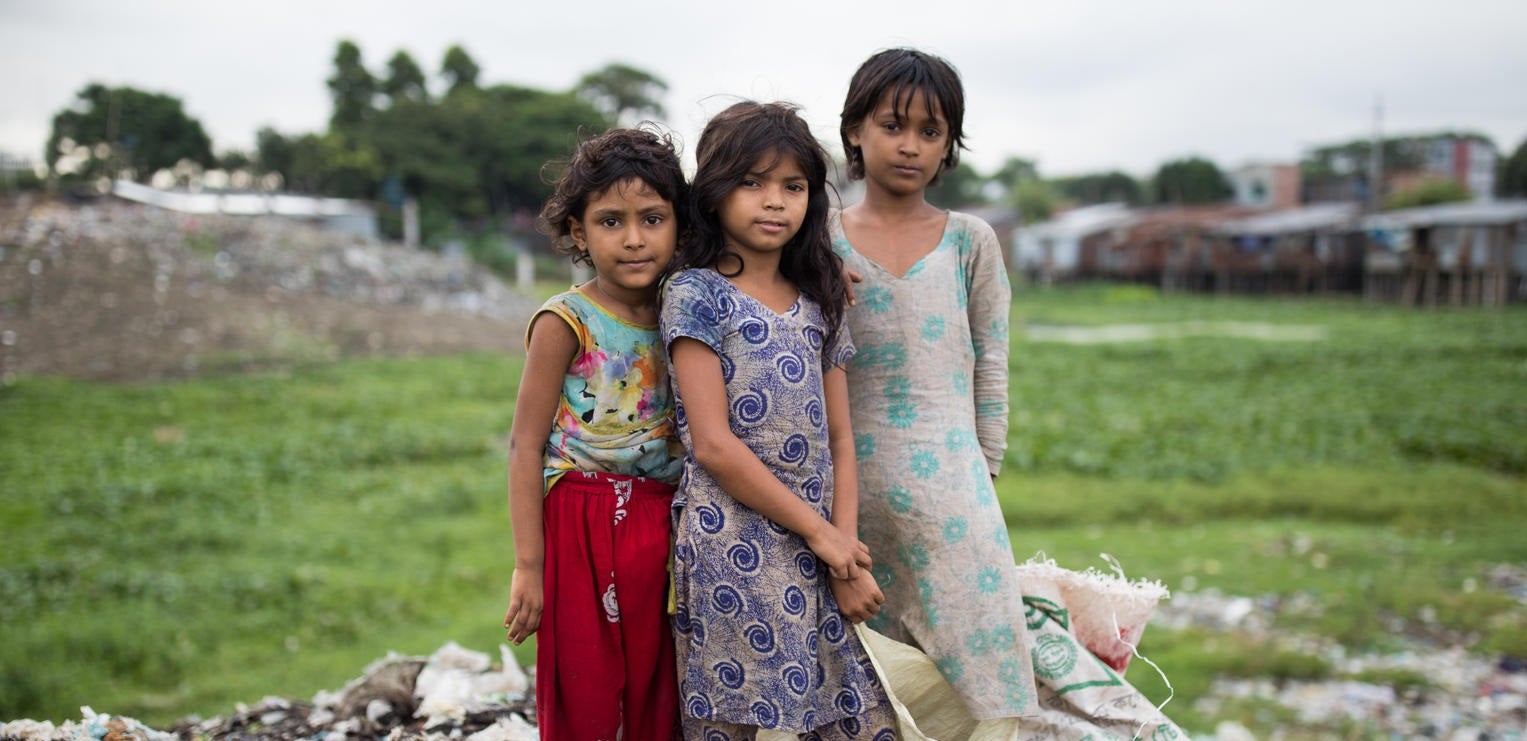At school, home or on social media, you may have heard people talking about Israel and Gaza and have wondered, what is happening?
The situation in Gaza and Israel is very complex and has been going on since the mid-20th Century, which is why many adults also find it hard to understand what is happening.
Essentially, there are two groups of people: the Israelis (the people who live mostly in Israel) and the Palestinians (the people who live mostly in the Gaza Strip and another area known as the West Bank).
The Israelis and the Palestinians both have a very strong connection to the land. They have tried to make agreements to share the land, but these agreements fall apart, and the fighting starts again about who gets to live where.
Israel and the State of Palestine are in the Middle East, neighbouring Egypt, Jordan, Lebanon and Syria.
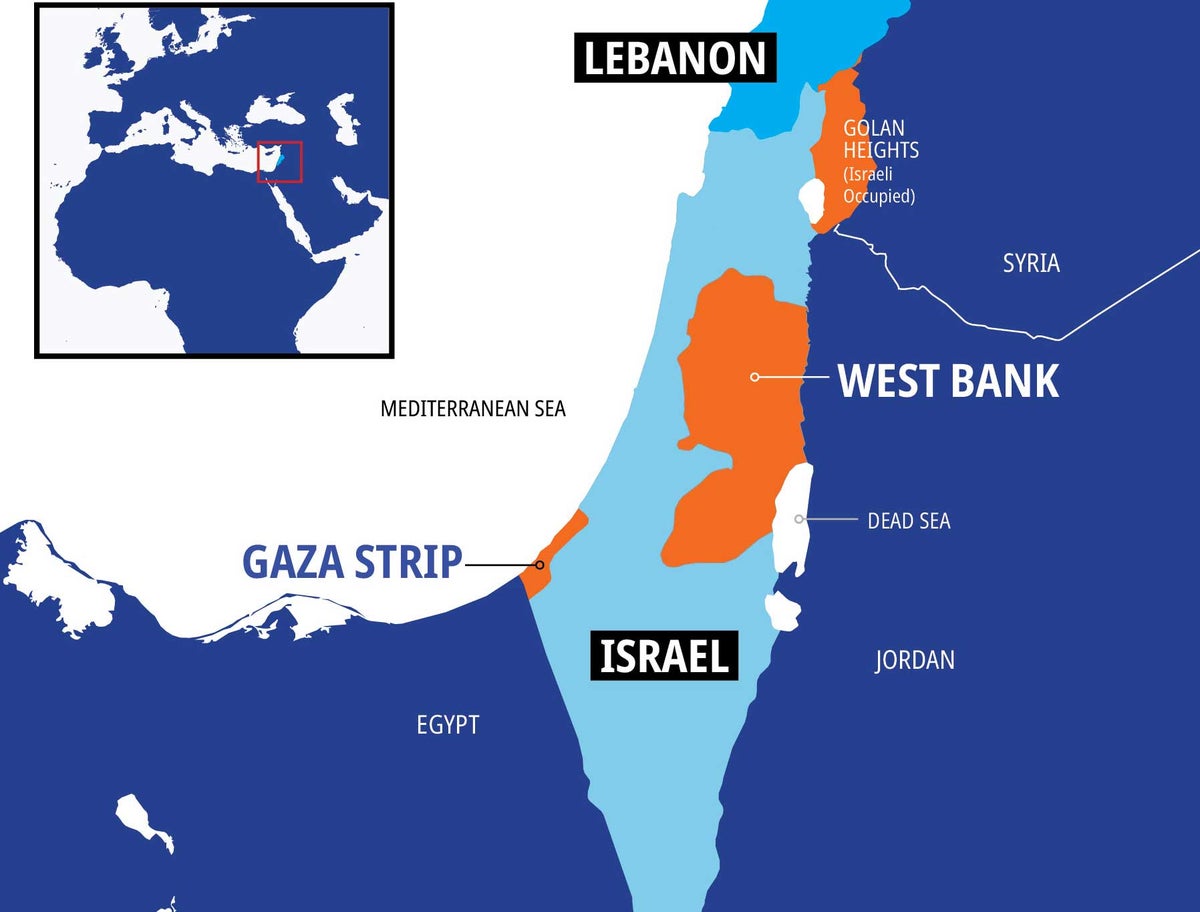

How did the fighting between Israel and the State of Palestine start again?
Early on Saturday, 7 October 2023, there was a surprise attack on Israel by a group called Hamas. They came from a region known as the Gaza Strip, and many people were killed or injured. In response, Israel launched airstrikes into the Gaza Strip, killing and injuring thousands of people and destroying buildings.
Sadly, this is another chapter in a conflict that has been going on for decades. World leaders and humanitarian organisations, like UNICEF, are calling for an end to the fighting and a peaceful solution.
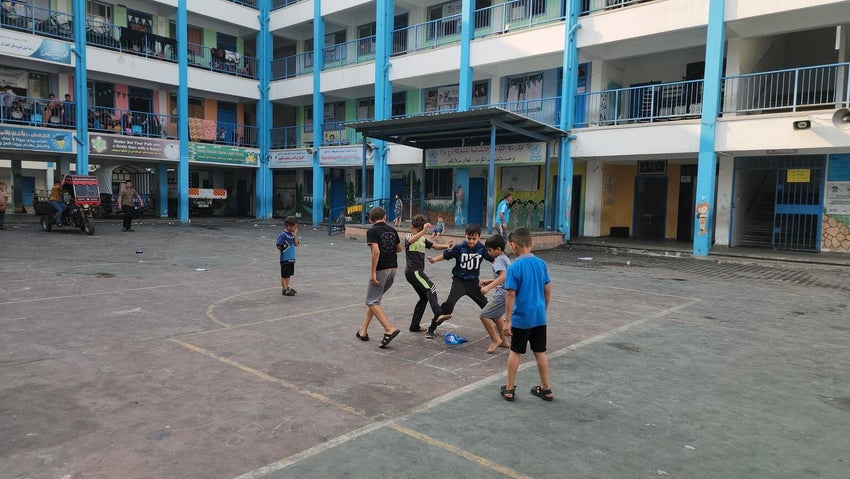
What is the Gaza Strip?
The Gaza Strip is a small piece of land in the Middle East that sits between Israel and the Mediterranean Sea. It’s 40-kilometres long – about the size of a large Australian suburb – and its home to over two million people who are known as Palestinians. The Gaza Strip, along with another area called the West Bank, is known as the State of Palestine.
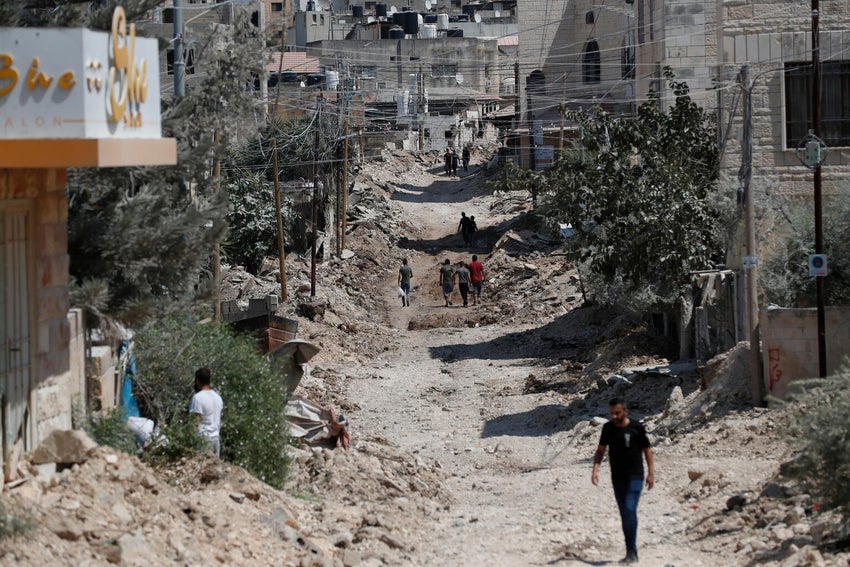
What is the West Bank?
The West Bank is an area located within Israel, stretching along the west side of the Jordan River. The West Bank and the Gaza Strip belong to the State of Palestine, but Israel's land separates them.
The West Bank has a lot of cultural and religious history. This makes it very important to many people, especially Israelis and Palestinians.
Over the years, there have been several conflicts over who should live there and how the land should be used. Today, the West Bank is divided into different areas. They are controlled by the Palestinian Authority and Israel, which makes things complicated.
Sadly, the fighting continues because people have different ideas about who should own the land and how they can live peacefully together.
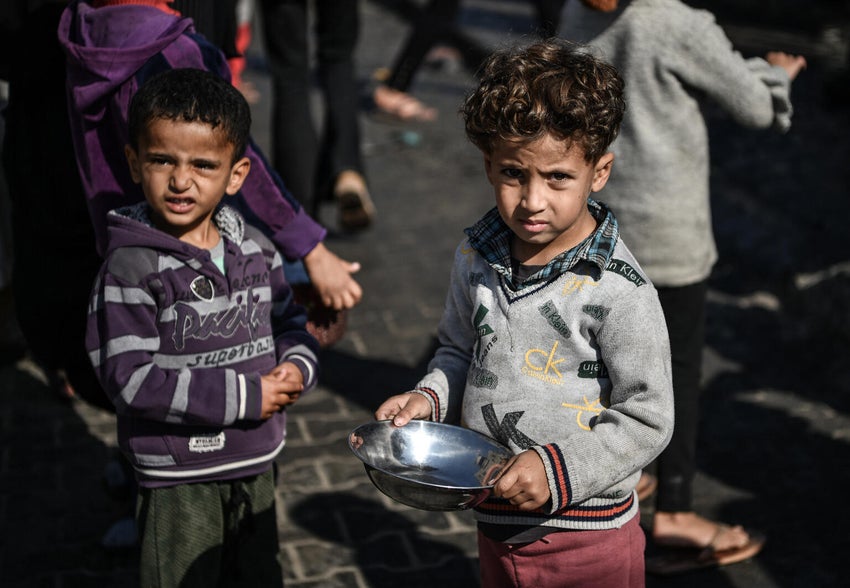
Are children in Gaza going hungry?
Yes, many children in Gaza are hungry, and some are even starving, which is heartbreaking.
More and more children are becoming dangerously malnourished. This means their bodies aren’t getting the nutrients they need to grow, stay healthy, or even survive. Sadly, many children have already died because of this.
Only a small amount of humanitarian aid is being allowed into Gaza, so there isn’t enough food for everyone. Families are doing everything they can, but many simply can’t find enough to feed their children.
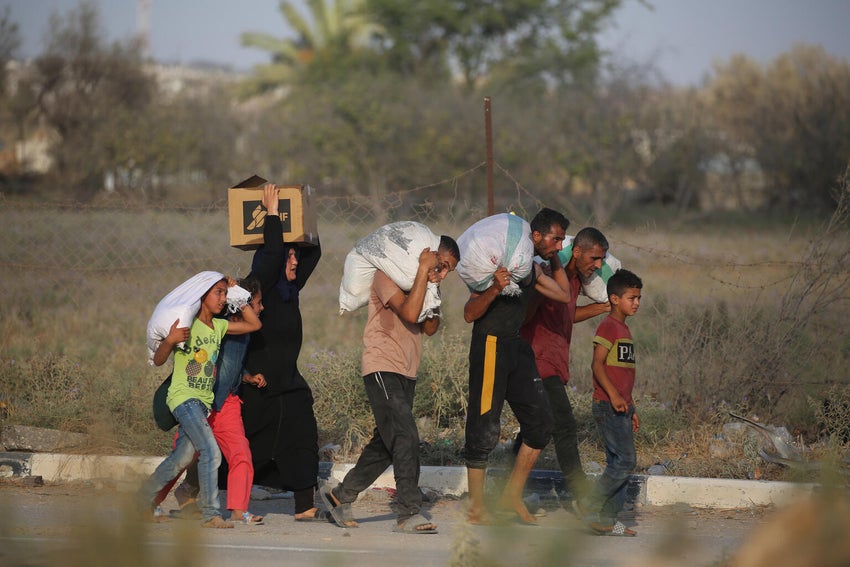
Why is it hard for families to find food in Gaza?
Earlier this year, there were more than 400 places across Gaza where families could go to get humanitarian aid, like food and other essential items. But now, there are only four places in the south of Gaza and they’re not run by any major international aid organisation, like UNICEF.
This change has made things much worse. Families now have to walk long distances or sleep in the street. When they arrive, the situation is often chaotic and unsafe, and sadly, many parents and children have been killed or injured, simply trying to get food.
To make things worse, only a small amount of aid is being allowed into Gaza, and there isn’t enough for everyone. The food and supplies that do come in aren’t being shared fairly; some people get a little, while many others get nothing.
Right now, children and their families are struggling to survive with very little food, clean water, or medical care.
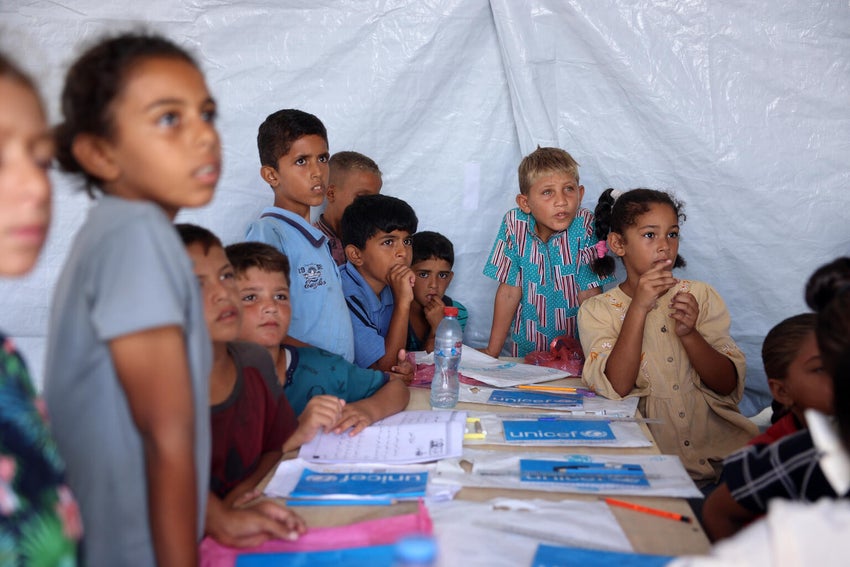
Is there a ceasefire in Gaza?
After 15 months of war and intense negotiations, on 15 January 2025, Israel and Hamas reached an agreement to stop the fighting. They also agreed to free many hostages and allow humanitarian organisations, like UNICEF, greater access to provide even more support to children and families. On 18 March 2025, there were attacks on the Gaza Strip, shattering the ceasefire.
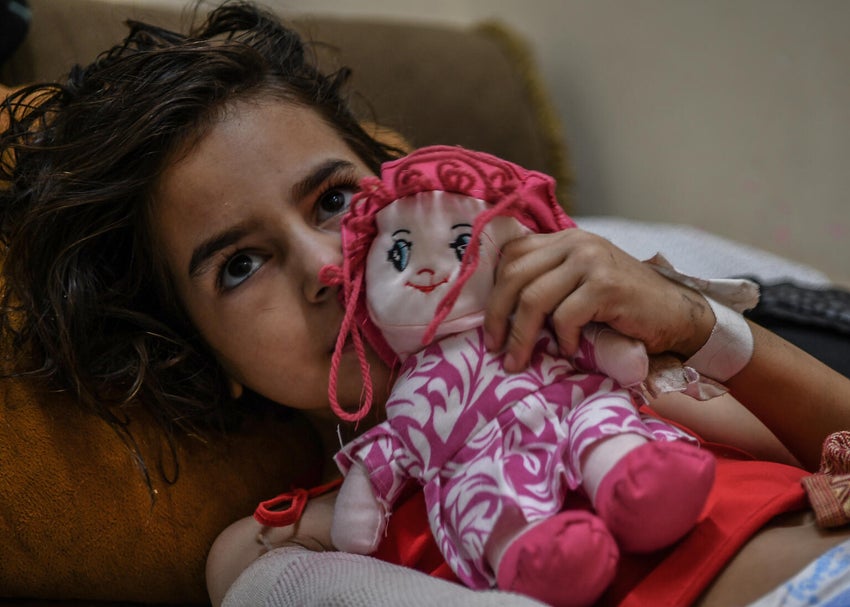
What is the world doing to help all the people caught up in the conflict?
People from all around the world, including leaders of other countries, are trying to help find a solution and make peace, but it’s very hard because of the long history of fighting and all the hurt that has been caused.
Despite the challenging security situation, UNICEF and our partners are on the ground in the Gaza Strip providing lifesaving support to children and their families, including medical and water supplies.
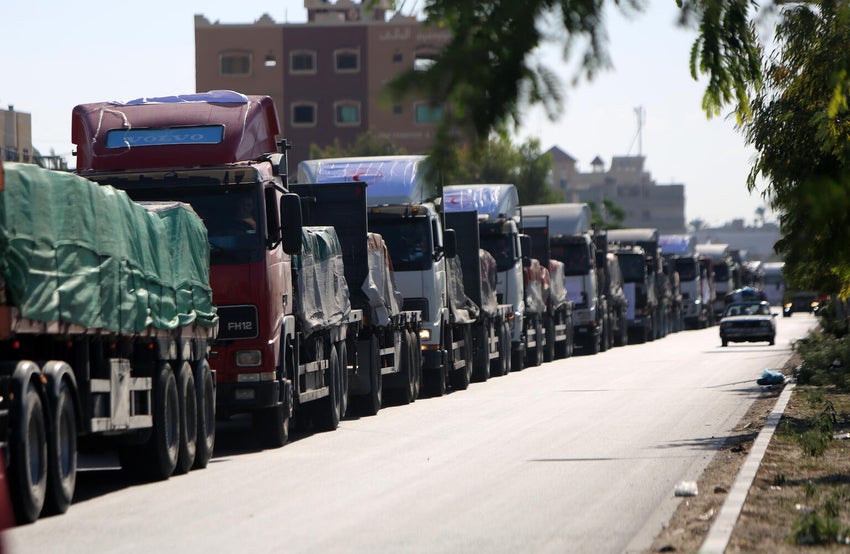
How humanitarian aid works during emergencies
In the Gaza Strip, children and their families are running out of water, food and electricity, and they have very limited access to healthcare and safe spaces to live, learn and play. Humanitarian organisations, like UNICEF, are working to deliver lifesaving supplies to the people of Gaza.
Learn how humanitarian aid works during conflict and what makes delivering critical supplies like water, medicine and shelter to the Gaza Strip so challenging.
5 things you need to know about the Gaza-Israel crisis.
Fact 1
The Israel–State of Palestine is one of the world's most enduring conflicts, beginning in the mid-20th century.
Fact 2
The Gaza Strip is one of the most densely populated areas in the world, with 2.3 million people - children make up roughly half the population.
Fact 3
Israeli and Palestinian children have been forced to flee their homes, their schools and their friends.
Fact 4
Gaza and the West Bank are two separate territories that make up the State of Palestine.
Fact 5
UNICEF and its partners are on the ground providing medical supplies, lifesaving nutrition, tents, blankets, hygiene kits, bottled water, fuel and mental health support.
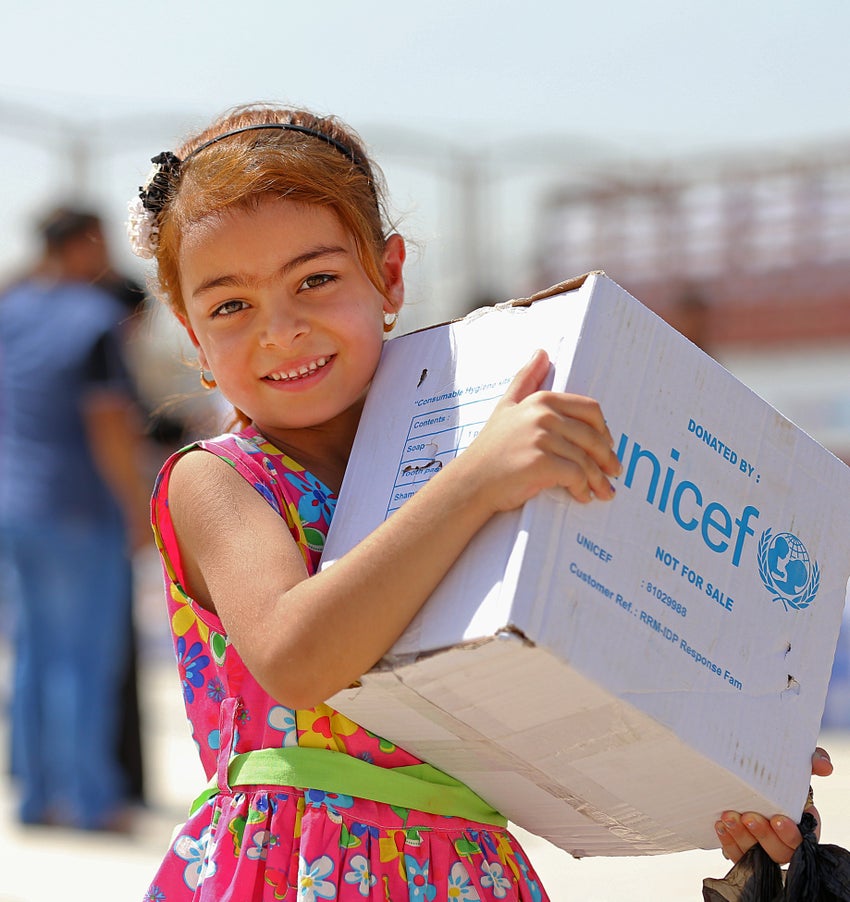
What can you do to help?
School fundraisers to fitness challenges and bake sales, there are so many ways you can fundraise for UNICEF Australia. Every donation, no matter the size, plays an important role in creating a world where every child is healthy, educated and safe from harm.
Gather your family, friends and school and fundraise for the children of Gaza.
How to deal with upsetting news
When natural disaster strikes or conflict breaks out, it is ok to feel scared, worried or sad. Adults can feel this way too. When you are feeling this way, it is important to remember:
It’s in the news because it doesn’t happen often.
- When bad things happen, it is also a time when people come together to help each other.
- If you’re feeling overwhelmed, it is ok to switch off and stop reading.
- Share how you feel and ask your parents and teachers questions.
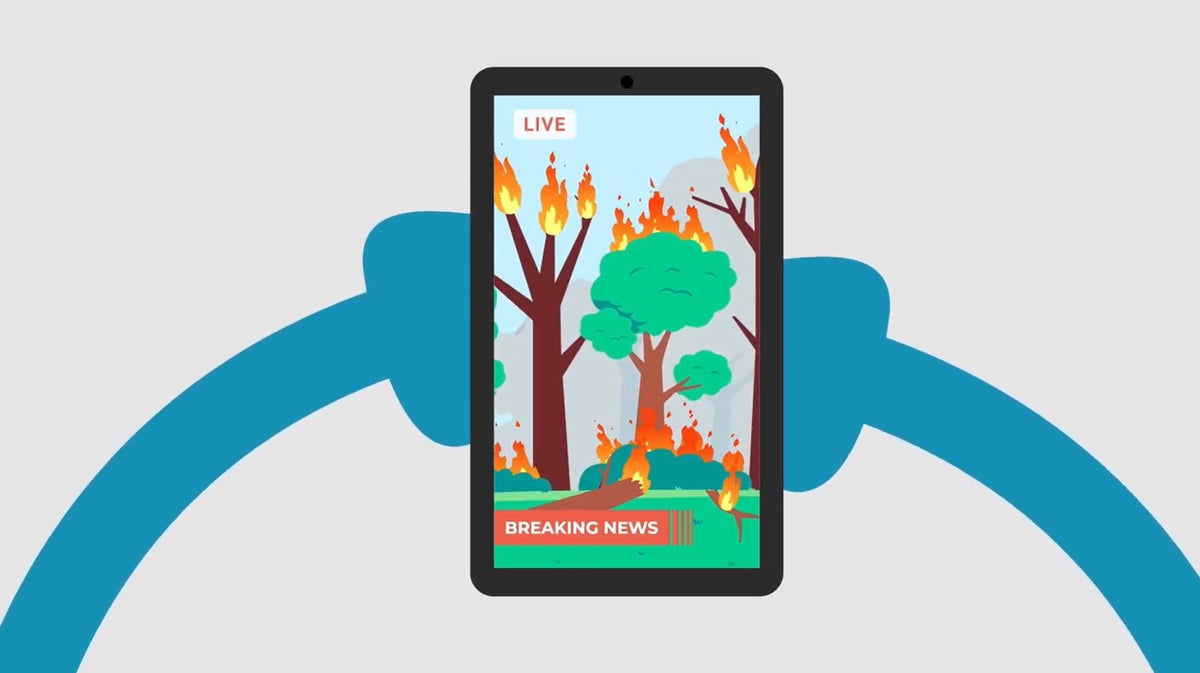
When it all feels too much, it's ok to switch off


